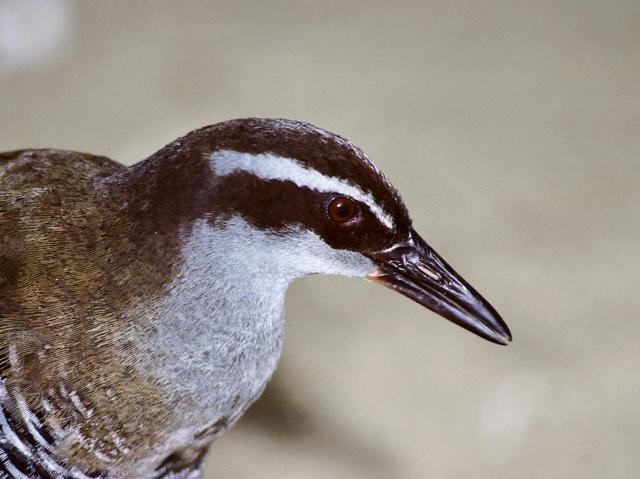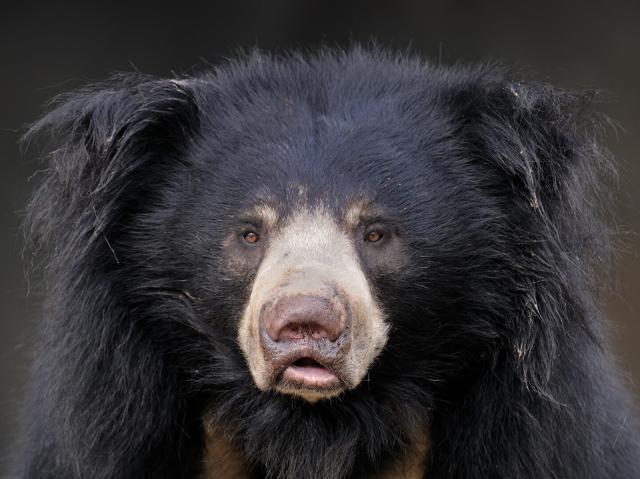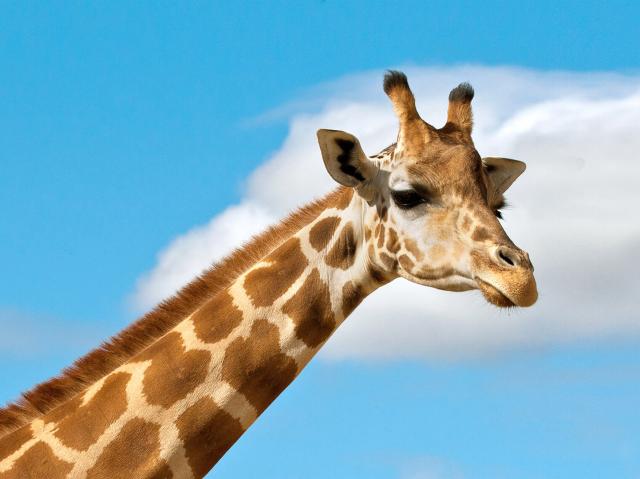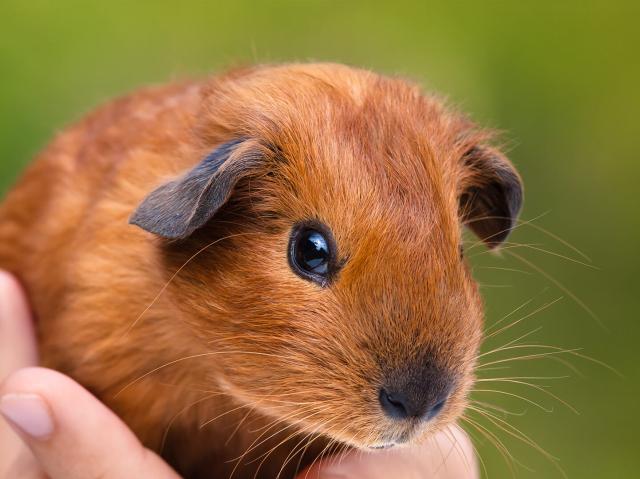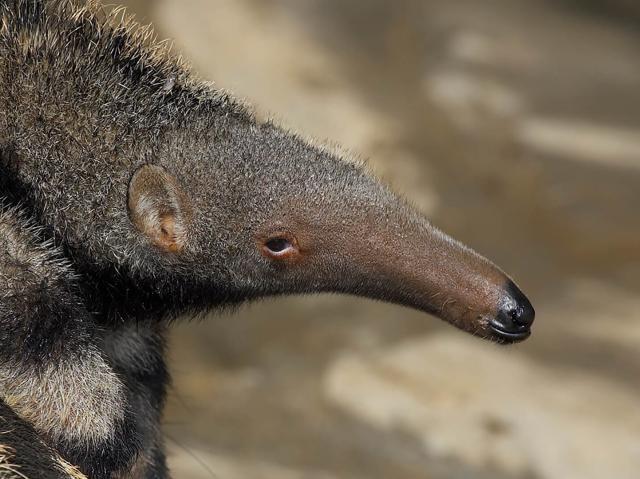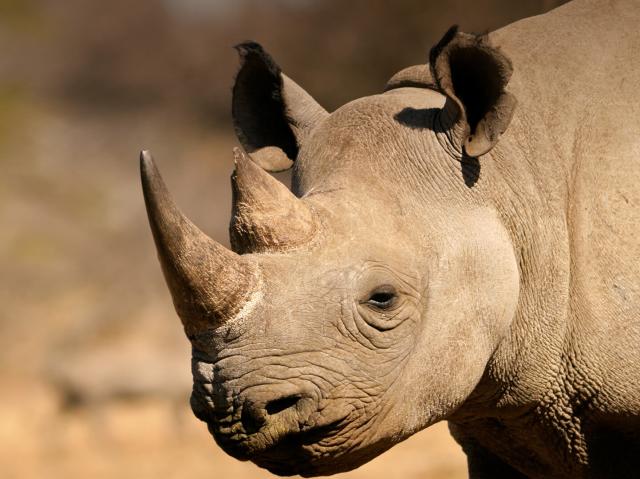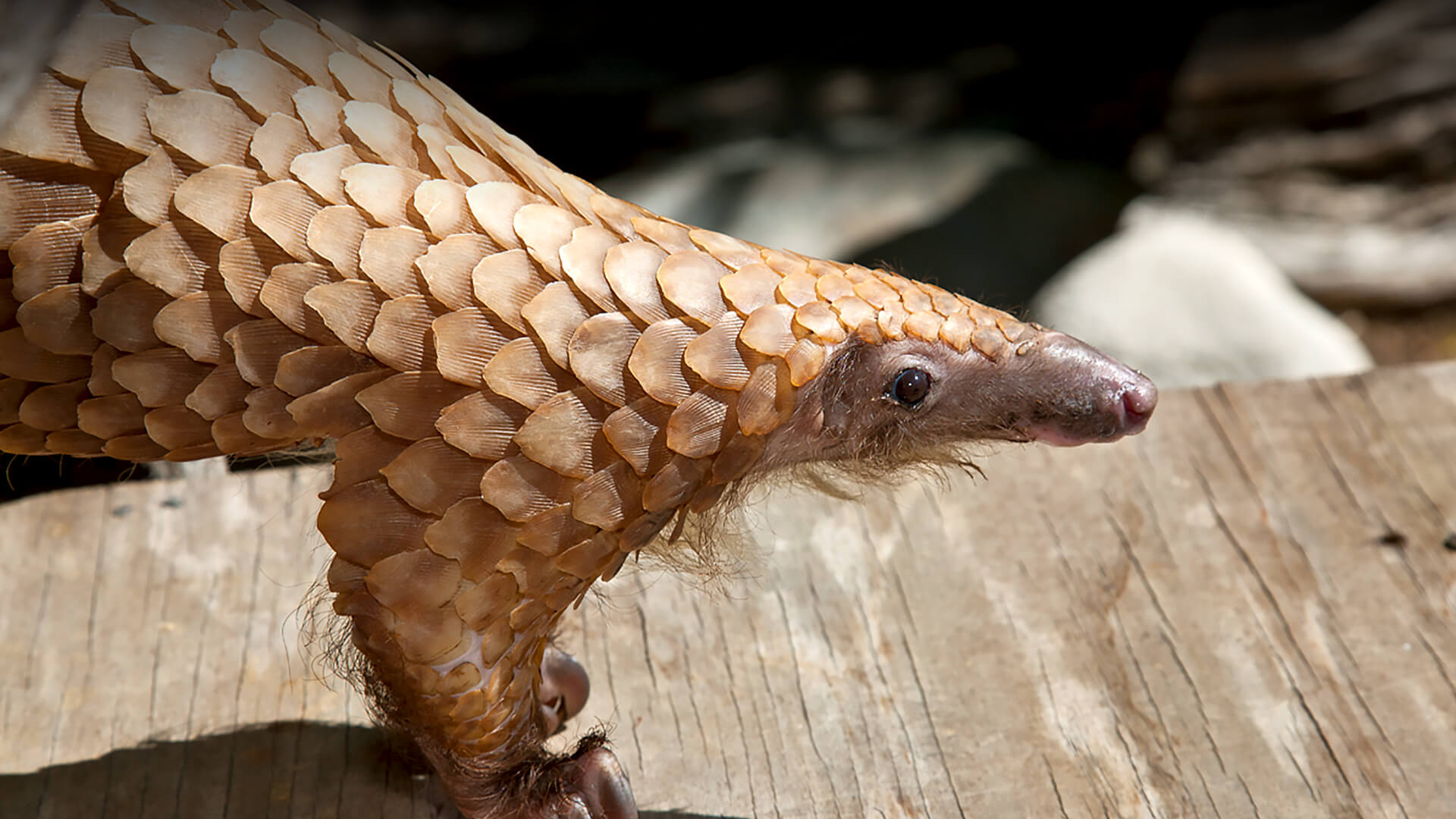
Tree Pangolin

- CLASS: Mammalia (Mammals)
- ORDER: Pholidota
- FAMILY: Manidae
- GENUS: Manis
- SPECIES: tricuspis

ABOUT
A scaly anteater: A pinecone with legs? An artichoke with a long tail? Yes, the pangolin is a unique-looking mammal! From the skinny, insect-seeking nose to the end of the scaled tail, the pangolin looks like an anteater from outer space! Pangolins are sometimes called scaly anteaters, but they aren’t related to anteaters. They are mammals in a family of their own.
Instead of having hair or quills, the pangolin has overlapping scales that feel a bit like our fingernails. The scales are made of keratin, like our fingernails. They grow at the base and wear down at the tip as the pangolin brushes up against branches and tree trunks. The scales are light and thin, with sharp edges, and are attached at the base to the pangolin's thick skin. These scales cover most of the pangolin's body, except for the belly, snout, eyes, and ears. They can be dark brown to dark olive-brown, pale olive, or yellowish-brown. Flat scales cover the top of the pangolin's head and tail.
The pangolin's belly and face has soft, pale hairs. Its head is small and pointed, and its tail is longer than its body. Like other wildlife that dine on ants and termites, pangolins have no teeth.
There are eight pangolin species, including tree pangolins. Tree pangolins are solitary and nocturnal. As their name suggests, they spend most of their time in trees, using hollow trees for shelter. Tree pangolins have a prehensile tail that helps them hang on to tree branches. The tip of the tail is bare, to give them an extra grip.
When strolling along branches or on the ground, pangolins curl their claws underneath their feet and walk on their knuckles, shuffling along. They are slow moving and often walk on the hind legs, using the tail as a brace. Pangolins are often seen standing up on the hind legs to sniff the air, using their keen sense of smell to locate their insect food. They are also capable swimmers and climbers, and they can run faster than you might think, if needed.
HABITAT AND DIET
Tree pangolins live in the rainforests of Central Africa. Termites and ants are the main menu items for the pangolin. It sniffs out an ant or termite nest, either in a tree or on the ground. Then, the pangolin uses it strong front legs and sharp front claws to rip it open. Its long, sticky tongue can then lick up the insects. The pangolin can close its ears and nostrils, and its thick eyelids protect the eyes from the angry ants.
Since the pangolin has no teeth, it swallows the ants and termites whole. Its muscular stomach grinds the insects with sand and small stones swallows during the meal. A female pangolin spends 3 to 4 hours each night looking for food. A male may forage up to 10 hours.
FAMILY LIFE
Raising baby: Even solitary creatures need to find partners during breeding season. Pangolins advertise their availability by depositing feces and marking trees with urine. They also spread that smelly secretion mentioned above.
A female pangolin usually gives birth to a single baby. The newborn's scales are soft but begin to harden in a few days. It is born with its eyes open, but the baby is not able to walk for a few weeks; instead, it clings to the base of the mother’s tail. Young pangolins are weaned at four months and are ready for life on their own at about five months of age.
Leopards, hyenas, and pythons are pangolin predators. To protect itself, a pangolin curls up into a tight ball, so tight that it is almost impossible for a human to unroll it! The scales act like a coat of armor, and the legs and tail wrap around to protect the pangolin's soft underparts. If needed, the pangolin can roll away from danger. When a pangolin mother feels threatened, she rolls up around her youngster, which also rolls into a ball. A pangolin does not fight with those sharp claws, but it can spray a nasty smelling liquid, just like a skunk might.
CONSERVATION
Humans are taking their toll on pangolins. People are clearing rainforest areas for their own use and hunting pangolins for their meat and skin. Some believe pangolin scales can guard against evil spirits. Others use them for rain-making ceremonies. The scales are even believed by some to have healing powers when ground into powder or worn as ornaments.
Extinction threatens all pangolins. The International Union for Conservation of Nature lists tree pangolins as vulnerable. If the Asian pangolin become extinct, the use of Africa’s tree pangolins for human need will increase. The organization held its first-ever global conference on pangolin conservation in 2014.
By supporting San Diego Zoo Wildlife Alliance, you are our ally in saving and protecting wildlife worldwide.
LIFE SPAN
Up to 10 years in expert care, unknown in the wilderness
YOUNG
Gestation: 5 months
Number of young at birth: 1
Age of maturity: 2 years
SIZE
Length: 12 to 34 inches (30 to 88 centimeters)
Tail length: 11 to 34 inches (28 to 88 centimeters)
Weight: 3.7 to 5.3 pounds (1.8 to 2.4 kilograms)
FUN FACTS
A pangolin’s tongue is attached near its pelvis and last pair of ribs. When extended, it can stick its tongue out about 10 inches (25 centimeters).
The name pangolin comes from the Malay word “pengguling,” which means rolling over. This is fitting since they can roll into a ball.
The tree pangolin is also known as a white-bellied pangolin, scaly anteater, small-scaled tree pangolin, and three-cusped pangolin.
The tree pangolin’s species name, “tricuspis,” is Latin for three points. This refers to the shape of their scales.



